|
Weekly Parashah |
|||||
| Torah: Lev. 14:1-15:33 | Haftara: 2 kings 7:3-20 | Brith Chadashah: Mt 8:1-17 Mk 1:35-45 |
|||
| Metzora (Leper) |
|||||
Scripture: |
Leviticus 14:1 - 15:33
|
Torah |
|||
|
|
14 Then Adonai spoke to Moses, saying: 2 “This is the Torah of the one with tza’arat in the day of his cleansing. He should be brought to the kohen, [a] 3 and the kohen is to go to the outside of the camp. The kohen is to examine him, and behold, if the mark of tza’arat is healed in one with tza’arat, 4 then the kohen is to command that two clean living birds, cedar wood, scarlet and hyssop be brought for the one being cleansed. 5 The kohen should command them to kill one of the birds in a clay pot over living water. 6 As for the living bird, he is to take it, the cedar wood, the scarlet and the hyssop, and dip them with the living bird into the blood of the bird that was killed over the living water. 7 He is to sprinkle on the one being cleansed from the tza’arat seven times and pronounce him clean, then release the living bird over the open field. 8 “The one to be cleansed must wash his clothes, shave off all his hair, and bathe himself in water. Then he should be clean. After that he may come into the camp, but is to dwell outside his tent for seven days. 9 Then on the seventh day, he is to shave all his hair from his head, his beard, and his eyebrows—he must shave off all his hair. He is to wash his clothes, and bathe his body in water. Then he will be clean. https://www.biblegateway.com/passage/?search=Lev.+14%3A1-15%3A33&version=TLV |
||||
Scripture: |
2 Kings 7:3-20
|
Haftarah |
|||
|
3 Now there were four men with tza’arat at the entrance of the gate; and they said to one another, “Why should we sit here till we die? 4 If we say: ‘Let’s go into the city,’ then the famine is in the city, so we will die there; but if we sit still here, we’ll die also. So come, let’s go into the camp of the Arameans. If they spare us, we’ll live; and if they kill us, we’ll just die.” 5 So they got up at twilight to go to the camp of the Arameans. But when they arrived at the edge of the Aramean camp, behold, no one was there! 6 For Adonai had caused the army of the Arameans to hear a noise of chariots and a noise of horses—indeed a noise of a huge army. So they said one to another, “Look, the king of Israel has hired against us the kings of the Hittites, and the kings of the Egyptians to assault us.” 7 So they got up and fled at twilight, abandoning their tents, their horses and their donkeys—the entire camp just as it was—and fled for their lives. 8 When these men with tza’arat came to the edge of the camp, they entered into one tent, ate and drank, and took from there silver, gold, and clothes, then went and hid them. Then they returned and went into another tent, and took from there too, and went and hid them. 9 Then they said to each other, “It’s not right, what we’re doing. This day is a day of good news, and we’re keeping silent! If we wait till the morning light, punishment will overtake us. Let’s go now and report to the king’s household.” 10 So they came and called out to the city gatekeepers, and told them, “We went to the camp of the Arameans, and look, there was not a single soul there, no human voice—just the horses and the donkeys tied up, and the tents just as they were.” 11 Then the gatekeepers called out, and it was reported to the royal palace inside. 12 When the king got up in the night, he said to his courtiers, “Let me tell you now what the Arameans have contrived against us. They know that we are hungry, so they went out of the camp to hide themselves in the field, thinking, ‘When they come out of the city, we’ll capture them alive and get into the city.’” https://www.biblegateway.com/passage/?search=2+kings+7%3A3-20&version=TLV |
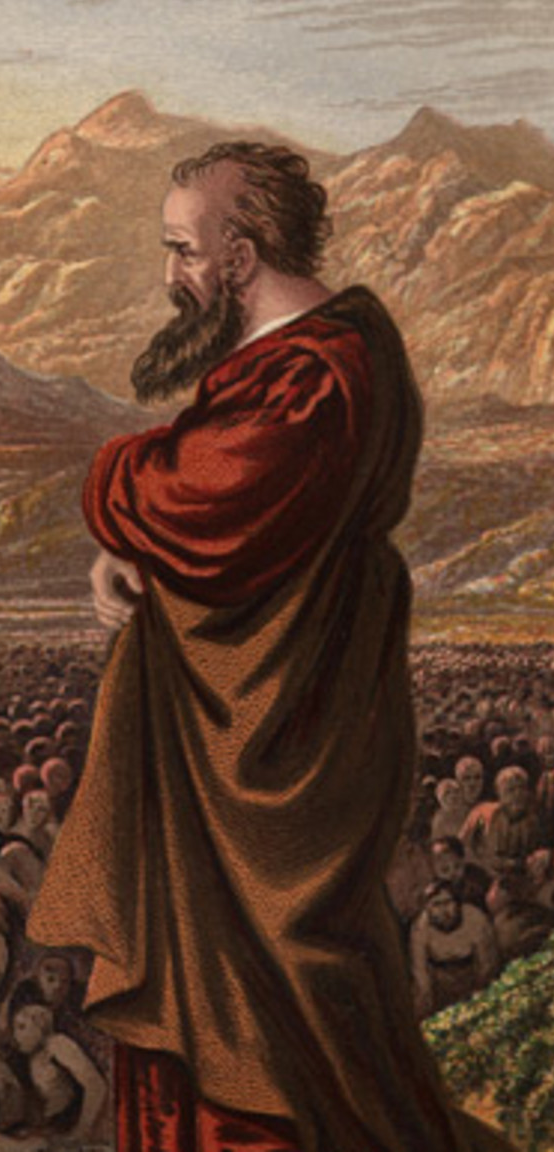 |
||||
Scripture: |
Matthew 8:1-17
|
Brit Chadashah |
|||
|
|
Healing Those who Trust8 When He came down from the mountain, large crowds followed Him. 2 And a man with tzara’at came to Him and bowed down before Him, saying, “Master, if You are willing, You can make me clean.” 3 Yeshua stretched out His hand and touched him, saying, “I am willing. Be cleansed.” Immediately his tzara’at was cleansed. 4 And Yeshua said to him, “See that you tell no one; but go show yourself to the kohen and offer the gift that Moses commanded, as a testimony to them.”[a] 5 Now when Yeshua came into Capernaum, a centurion came begging for help. 6 “Master,” he said, “my servant is lying at home paralyzed, horribly tormented.” 7 Yeshua said to him, “I’ll come and heal him.” 8 But the centurion said, “Master, I’m not worthy to have You come under my roof. But just say the word and my servant will be healed. 9 For I also am a man under authority, with soldiers under me. I say to this one, ‘Go!’ and he goes; and to another, ‘Come!’ and he comes; and to my servant, ‘Do this!’ and he does it.” 10 Now when Yeshua heard this, He marveled and said to those who were following, “Amen, I tell you, I have not found anyone in Israel with such great faith! https://www.biblegateway.com/passage/?search=Mt+8%3A1-17&version=TLV
Mark 1 : 35 – 4535 Very early, while it was still night, Yeshua got up, left, and went away to a place in the wilderness; and there He was praying. 36 Then Simon and those with him hunted for Yeshua. 37 And when they found Him, they said to Him, “Everybody’s looking for You.” 38 He said to them, “Let’s go somewhere else, to the neighboring towns, so that I may proclaim the message there also—this is what I came for.” 39 And He went throughout all the Galilee, proclaiming the message in their synagogues and driving out demons. 40 A man with tzara’at comes to Him, begging Him and falling on his knees, saying, “If You are willing, You can make me clean.” 41 Moved with compassion, Yeshua stretched out His hand and touched him. He said, “I am willing. Be cleansed.” 42 Immediately, the tzara’at left him, and he was cleansed. 43 Yeshua sent him away at once, sternly warning him. 44 He said to him, “See that you say nothing to anyone, but go show yourself to the kohen.[a] Then, for your cleansing, offer what Moses commanded, as a testimony to them.” 45 But he went out and began to proclaim and spread the word, so much that Yeshua could no longer enter a town openly but had to stay out in wilderness areas. Still, they kept on coming to Him from everywhere. https://www.biblegateway.com/passage/?search=Mk+1%3A35-45&version=TLV |
||||
Parashah in 60 seconds |
|||||
Yom Kippur
Yom Kippurwith Information from
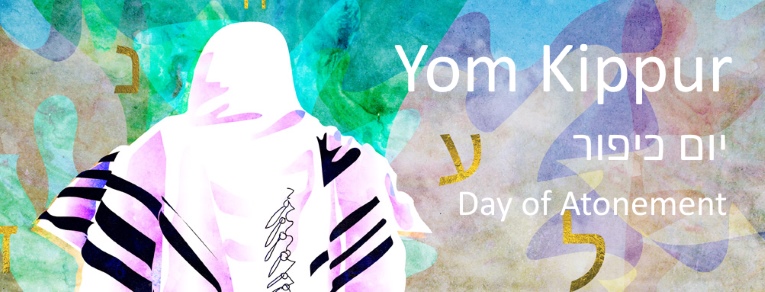
About Yom KippurThe holiest day in the Jewish year (a fast day not a feast day), the Day of Atonement (Yom Kippur), is spent in fasting, prayer, and confession. This was one gracious day a year given by God that each individual could receive forgiveness. The high priest enters the holy of holies to make atonement for the nation by sacrificing an animal (Lev. 23:26-32). Jesus has provided our atonement, “for all have sinned and fall short of the glory of God…” (Rom. 3:23) and are justified freely by his grace through the redemption that came by Him.Aaron shall bring the goat whose lot falls to the LORD and sacrifice it for a sin offering. But the goat chosen by lot as the scapegoat shall be presented alive before the LORD to be used for making atonement by sending it into the desert as a scapegoat. (Leviticus 16,9-10) After a Jewish tradition, the scapegoat did return from the desert at Yom Kippur, which followed Jesus’ crucifixion. After a Jewish tradition, the glory of the LORD was not present anymore in the Holy of Holies during the last 40 years before the destruction of the temple through Titus: Since Golgatha! Since then, the crimson strip of wool tied to one of the scapegoat’s horns, did not turn white anymore!
The Day of Atonement is a divine rehearsal of the “Day of the LORD.” |






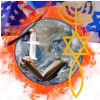
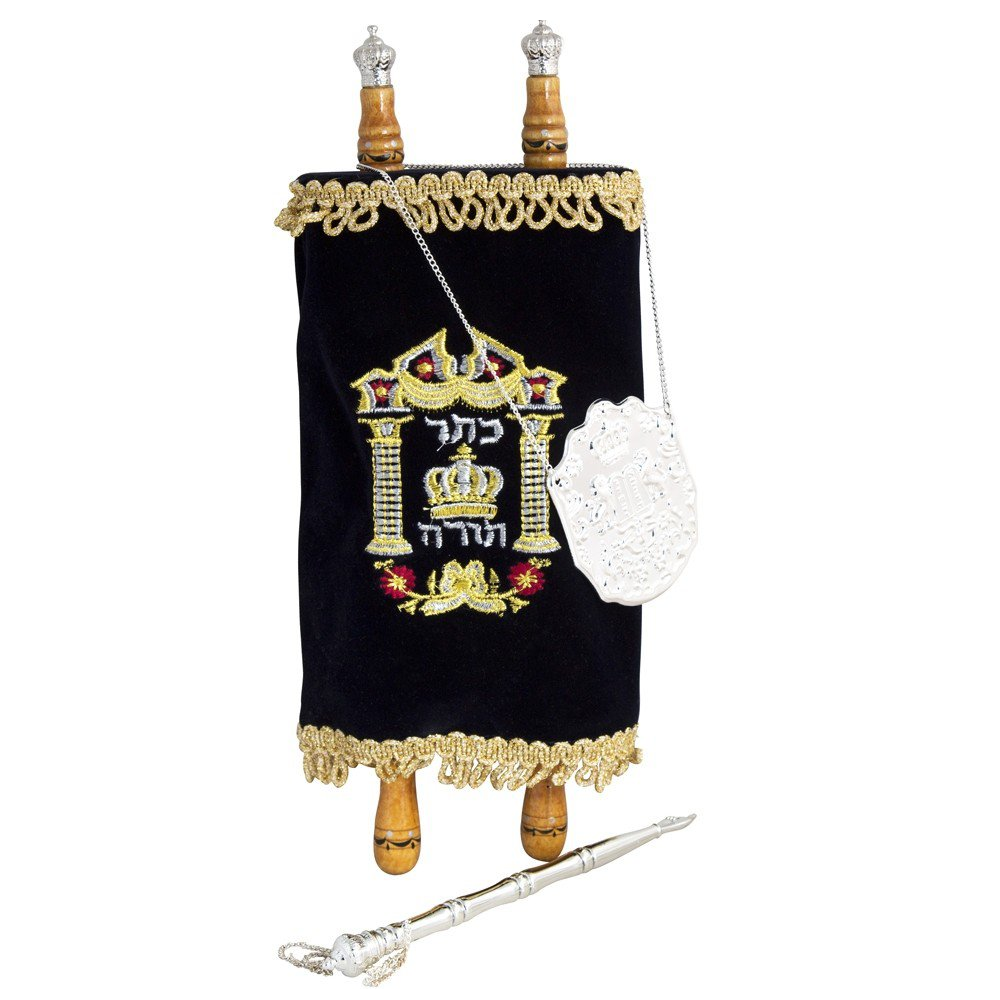
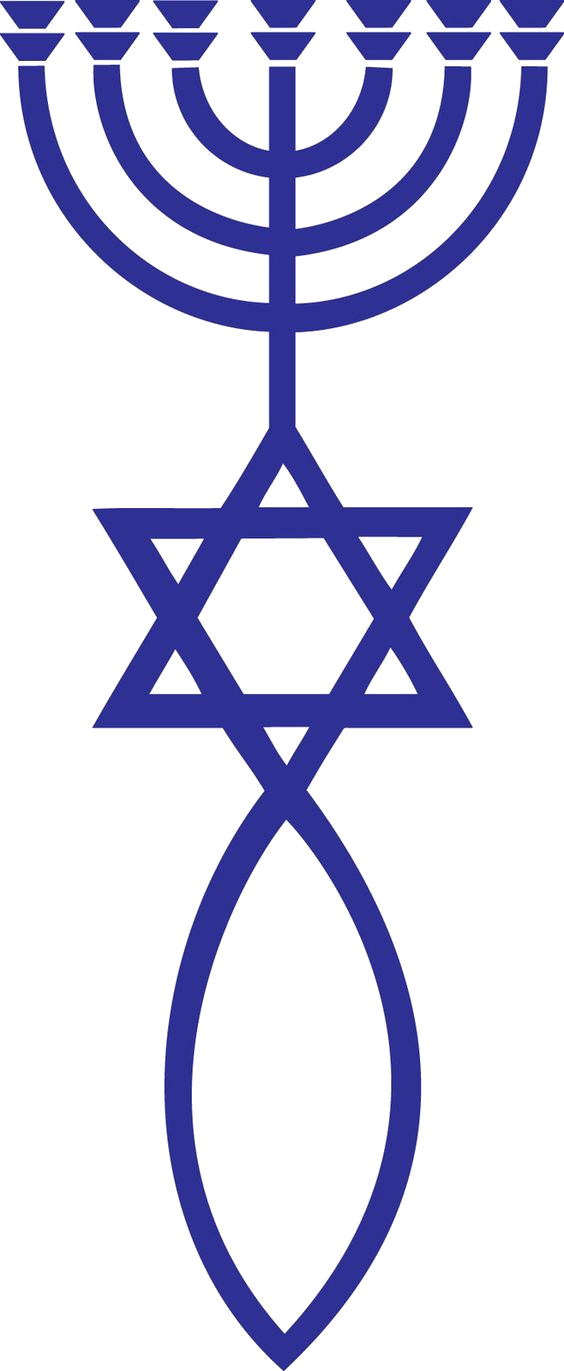
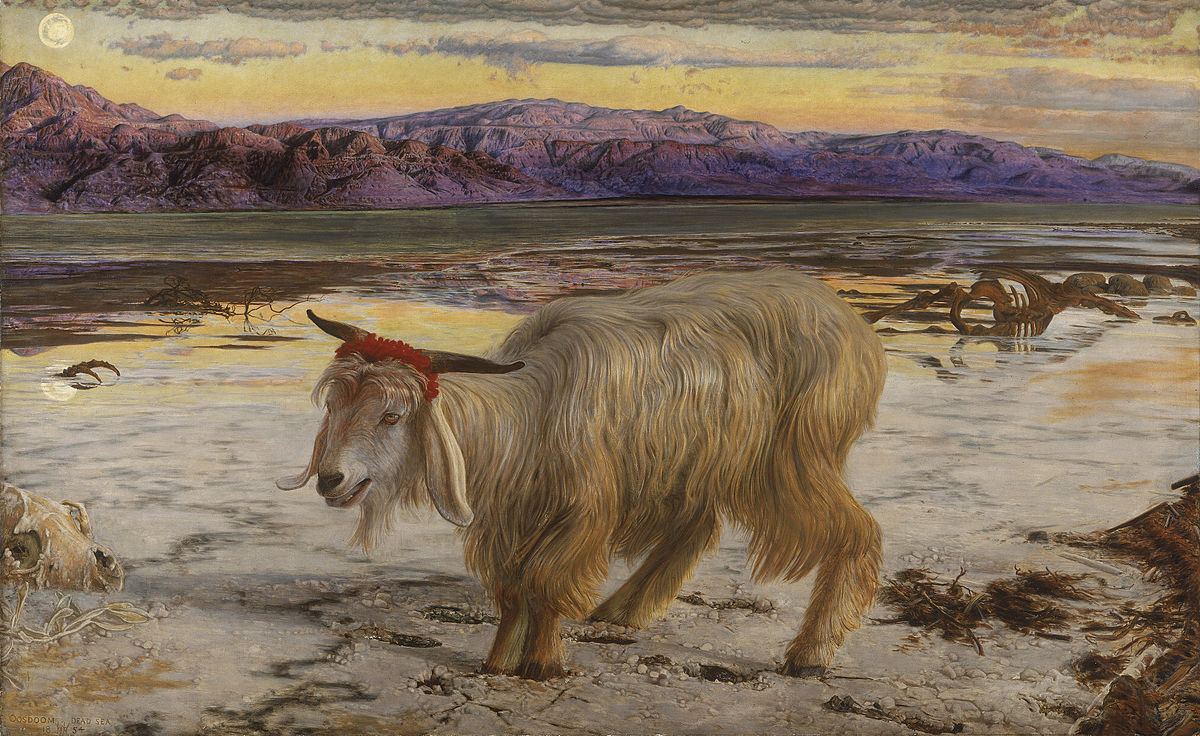 Prophetic Significance
Prophetic Significance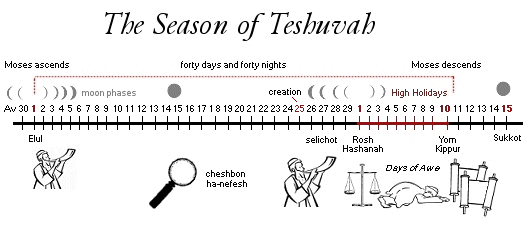 During this stretch of time, the tradition encourages all of us to think about who we may have harmed over the course of the last year, whether intentionally or by accident, and whether by word or by deed . We’re invited to take time to reach out to people personally and take responsibility for our mistakes . The idea is to talk privately with family members, friends or anyone else we feel we may have wronged . We do our best to admit our mistakes, seek forgiveness from those we have hurt, and offer to make amends . This can be a really powerful exercise for families, including families with young kids .
During this stretch of time, the tradition encourages all of us to think about who we may have harmed over the course of the last year, whether intentionally or by accident, and whether by word or by deed . We’re invited to take time to reach out to people personally and take responsibility for our mistakes . The idea is to talk privately with family members, friends or anyone else we feel we may have wronged . We do our best to admit our mistakes, seek forgiveness from those we have hurt, and offer to make amends . This can be a really powerful exercise for families, including families with young kids . 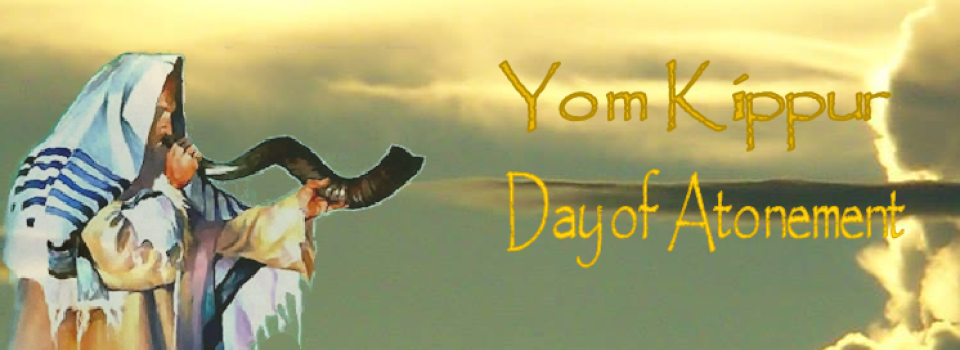
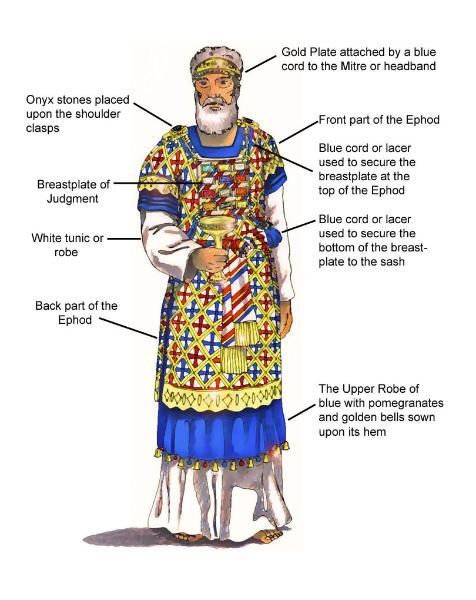 The Day of Atonement, or Yom Kippur, represents the day when the priest puts on special clothes and makes offerings to atone, or cleanse, the holy sanctuary, the temple, and the altar. He then makes atonement for the priests and the people. The day is solemn and serious. It is a day of complete rest and fasting with a goal of humbling the soul.
The Day of Atonement, or Yom Kippur, represents the day when the priest puts on special clothes and makes offerings to atone, or cleanse, the holy sanctuary, the temple, and the altar. He then makes atonement for the priests and the people. The day is solemn and serious. It is a day of complete rest and fasting with a goal of humbling the soul.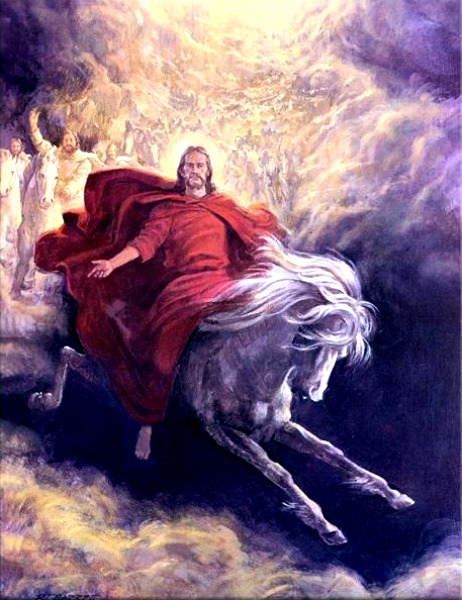 verses.
verses.

















